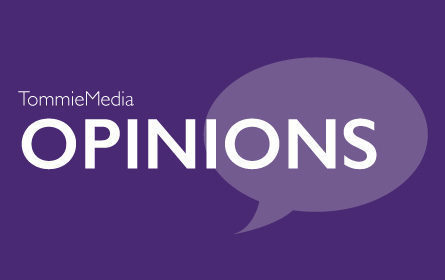This January term I spent time studying abroad in London, walking the streets of High Street Kensington and looking deep into the culture of the United Kingdom. It was for my communication and journalism class – Race, Class and Gender in the Mass Media – one that taught me a lot about the cultural differences between the U.K. and the U.S. Visiting museums was a key part of my class– 16 throughout the month. There was definitely some burnout by the end, but I have fond memories of all the time spent there.
One museum, the Docklands, stands out in my mind. Formerly a Georgian sugarhouse, it now serves to educate about London’s history as a trading port. There was a lot to see in the museum, but what stood out to me was the information on slavery. An exhibit on the top floor of the museum showcased extensive prejudice and horrors committed by whites upon those taken into slavery.
But it also talked about the economic benefits of slavery. One sign read, “Slavery was wrong, however without slavery England would not be the country it is today.” This was startling and evocative to me, having grown up in a school system where we learned extensively of the human horrors that came with slavery.
This sign still challenges my thinking to this day. At the end of the month we gave group presentations on a class concept that we had witnessed while out and about in Londontown. The sign came to mind because everything else that I had seen was interesting but did not jolt me awake in quite the same way that visit to the Docklands did.
In conducting further research we discovered the intention behind the exhibit. Colin Prescod, chair of the Institute of Race Relations and adviser on the gallery said that:
“Over some three centuries, transatlantic slavery and associated ‘triangle’ generated extraordinary profit, amassed unimaginable wealth and spawned obscenely inhuman brutalities on a massive scale.”
He elaborates, saying the events of the slave trade were crucial in the history of London and Britain’s rise in world dominance, but that “they bequeathed a discomfiting legacy in a complex heritage.” The exhibit had no obvious bias, just an exhibit that challenged my critical thinking skills and provided factual information that I found engrossing. It didn’t change my opinion on the horrors of slavery, but I had never read anything that was quite so candid in the way that it was.
And it taught me a valuable lesson. I’m so used to “comfortable learning,” where a teacher expresses an idea that on face value seems appealing and upon further investigation only brings up more facts that support the conclusion that I agreed with in the first place.
This learning was uncomfortable, and I relished it. This was approaching a subject I had been taught about for many years and turning it on its head. And it taught me the importance of looking into a complete evaluation of history.
There’s that famous saying that I’m going to paraphrase – “History doesn’t tell who was right but who was left.” We have so many incredible venues for information nowadays, and the way people thought back then will probably never fully be documented. And it’s ideas like these, concepts that send our brain careening in circles, that are important to read and acknowledge. The side of the coin that shows tears, death and desolation is considered the universally accepted mode of thinking. And, while this is a crucial part of of helping people understand history, we also need to present people with ideas that seem wrong, rile people up and spark arguments.
Controversy may follow, but a deeper understanding of human history will, too.
Jeffrey Langan can be reached at lang5466@stthomas.edu




